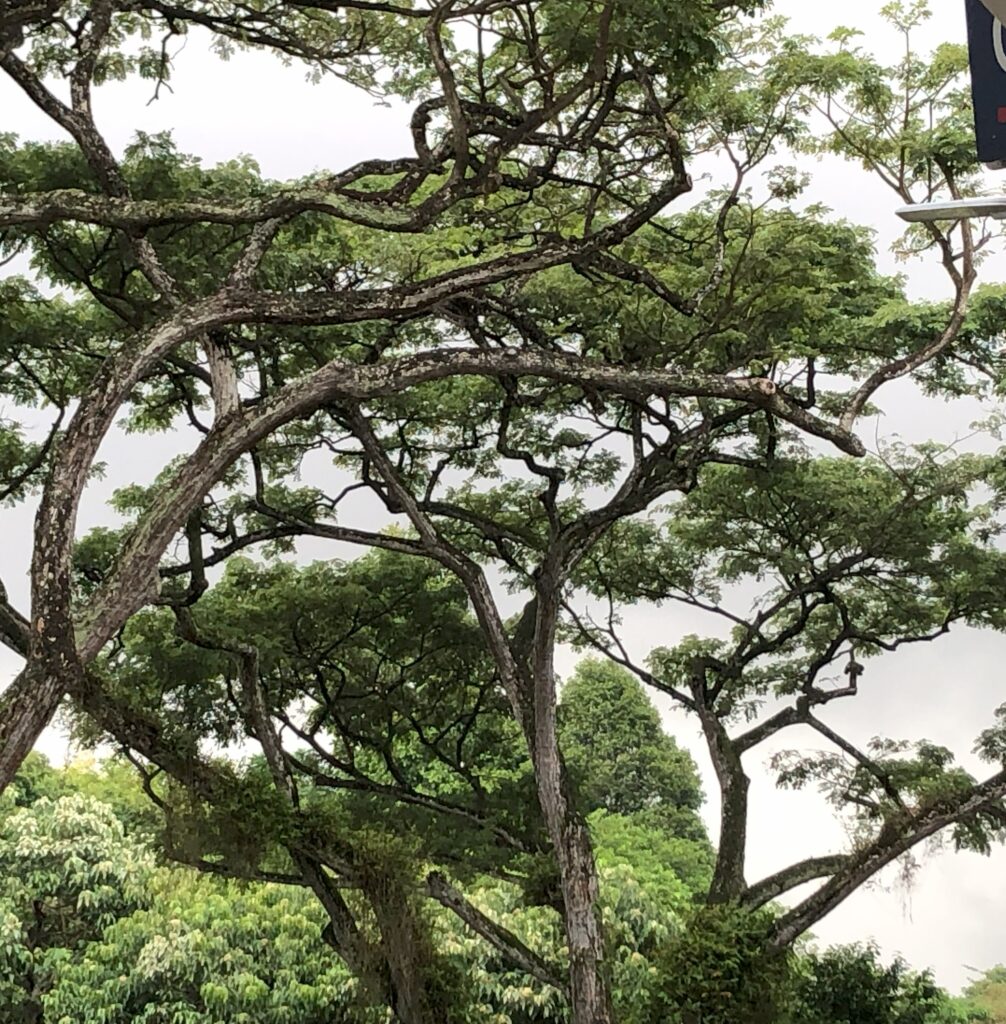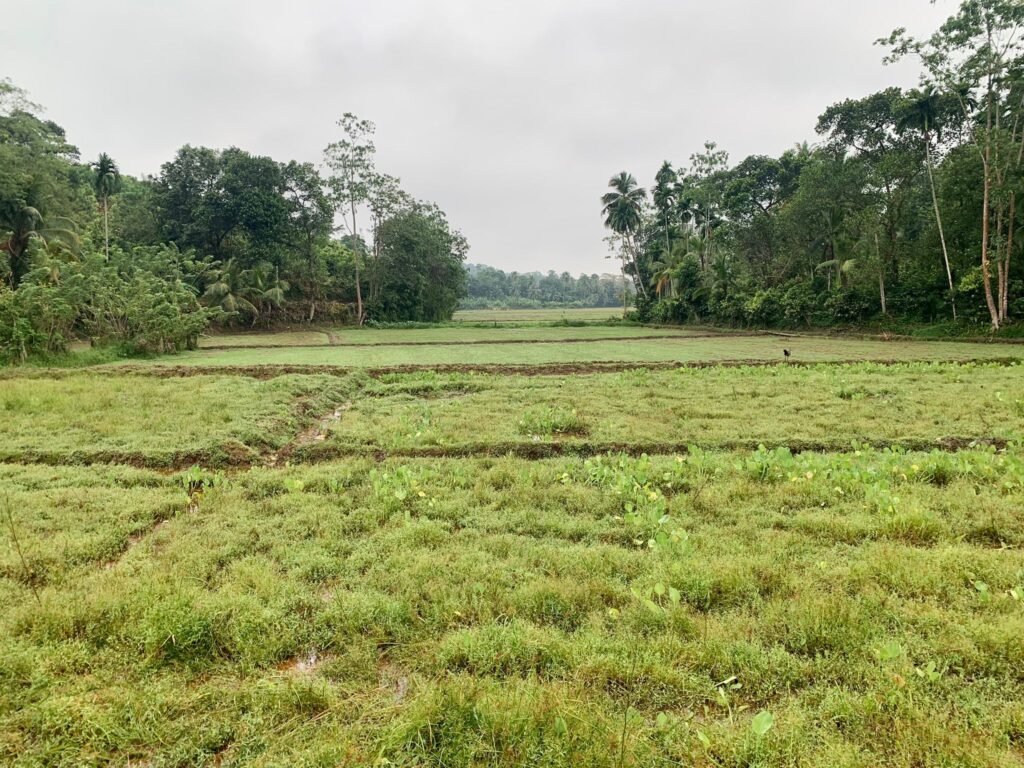Dear Integral Meditators,
The meditation below is one I have been using a lot recently, its great for developing both witnessing forms of meditation and as a gateway to non-dual experience. If you enjoy it, I invite you along to both of these programs:
Tues/Weds class series starting this week Freedom & Fullness – A practical introduction to non-dual meditation practice, and the deep-dive non-dual meditation sessions beginning on Saturdays.
First session is on the mirror mind!
In the spirit of the reflecting,
Toby

Mirror mind meditation
Context for the meditation
Mirror mind meditation is a way of developing competency in two particular domains; witnessing meditation and non-dual meditation. These two types of meditation are characterized by the fact that these two states of consciousness are always present, so the technique is really all about learning to recognize them, and then drop into them resting in this recognition.
In a certain way you could say that witnessing and non-dual meditation are the deepest and most profound meditations you can do. But the nice thing about them, and the mirror mind method is that even if you are a beginner, you can get a good experience by doing them. You can meet them on the level that you are at and have a good result!
The technique
Sitting comfortably, start by centring yourself in the present moment. Begin to notice what is coming and going within your field of awareness:
- On the sensory level in terms of environmental sounds and feelings within the body
- On the level of mind in terms of thoughts, images, memories and their attendant emotions and moods
- The spaces or gaps where you are simply ‘aware of awareness’
As you observe, notice the part of you that is observing or witnessing what is coming and going. Be this witness observer, noticing that when centred in it, you drop into a space of ‘merely observing’, or bare attention.
Now imagine your observer is a mirror sitting within your heart space (middle of chest). I sometimes like to visualise it as one of those silver, reflective disco balls. All it does is reflect back what it sees, exactly like a mirror. It doesn’t:
- Interpret
- Comment on
- Identify or dis-identify with
- Or name
any of what it sees. It simply accepts it, like a mirror reflecting whatever is in front of it. The totality of all that comes and goes within your awareness is simply accepted, mirrored. Nothing more nothing less.
So, you just drop into this mirror mind state, witnessing and reflecting that which arises. Whether your awareness is sensory, thought-based, feeling-based, empty, you just mirror it in your mirror mind!
A final stage moving into the non-dual
If you stay with your mirror mind for a while, you will notice that, although your awareness starts to become unified and singular through the mirroring, there is still a subtle gap or duality between the observer (mirror mind) and the observed (content of consciousness being mirrored). So, a final stage to the meditation is to then let the mirror mind melt into whatever arises, so that there are just ‘things arising as they are. In this state there is no observer or observed, there is only ‘just this’. It may take a while to get to a point where this last stage feels tangible or do-able, but when you are ready for it. It is an important final step in the sense that it takes the meditation from a witnessing state to a fully non-dual one.
Related reading: Watching and then dropping the watcher
© Toby Ouvry 2025, you are welcome to use or share this article, but please cite Toby as the source and include reference to his website www.tobyouvry.com
Follow Toby on: LinkedIn, YouTube, Instagram
Integral Meditation Asia
Online Courses * 1:1 Coaching * Books * Live Workshops * Corporate Mindfulness Training *Life-Coaching * Meditation Technology








